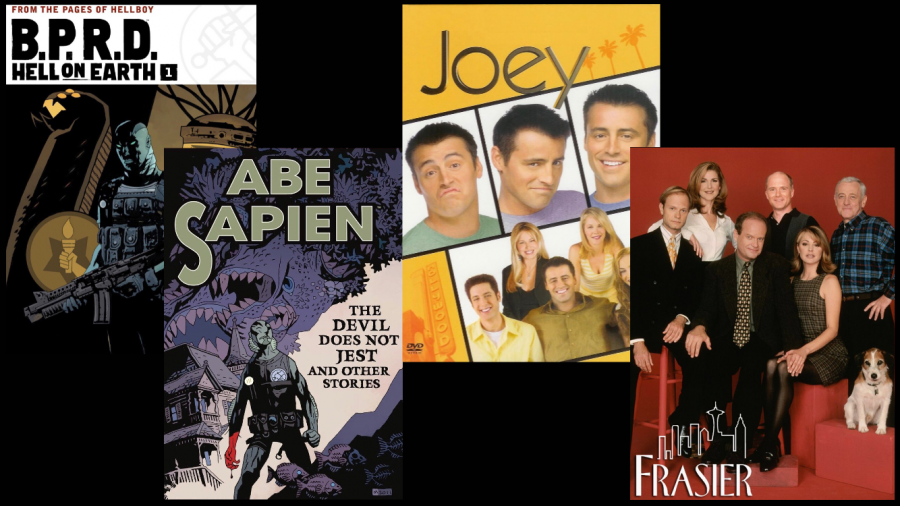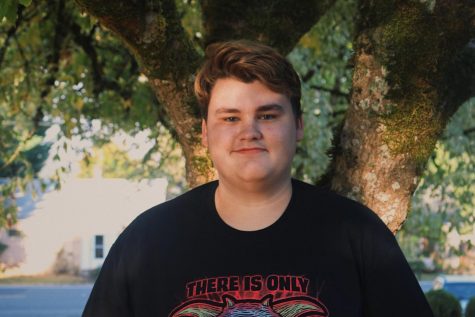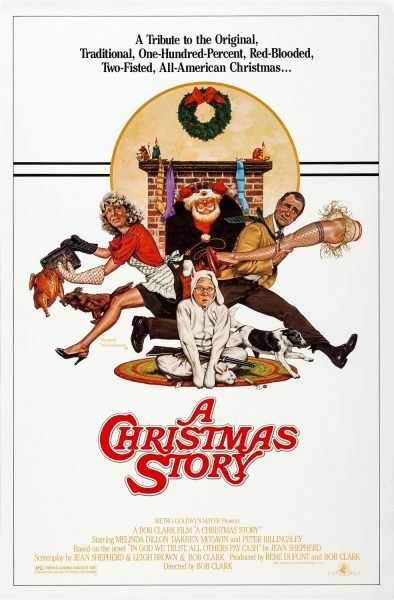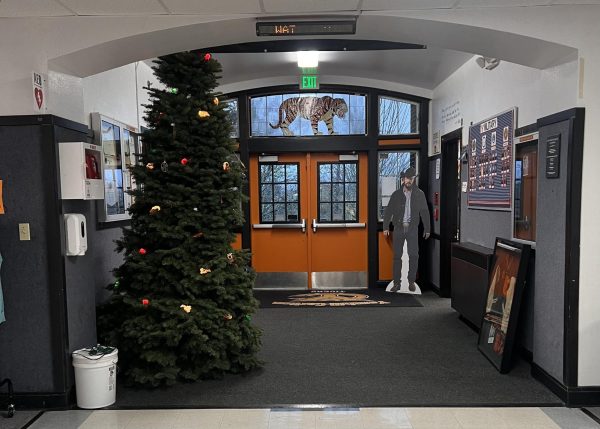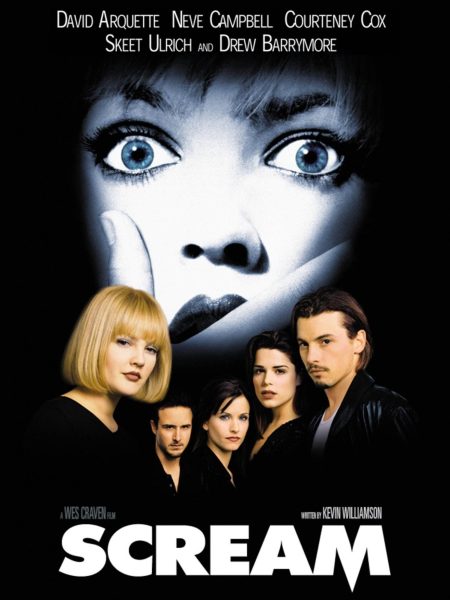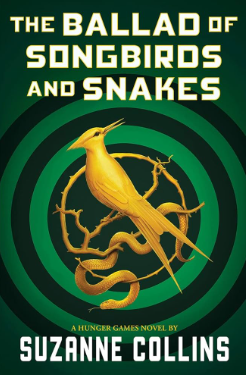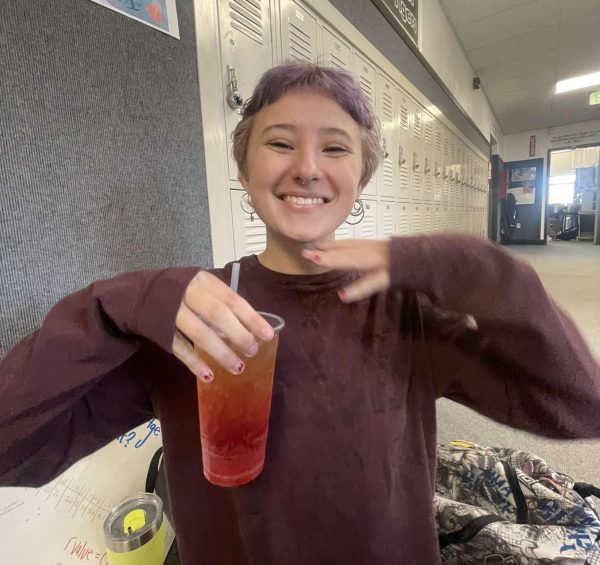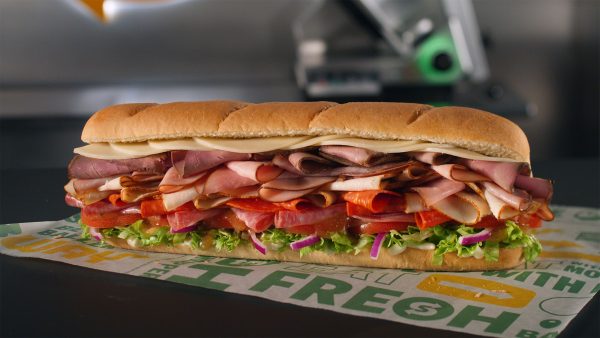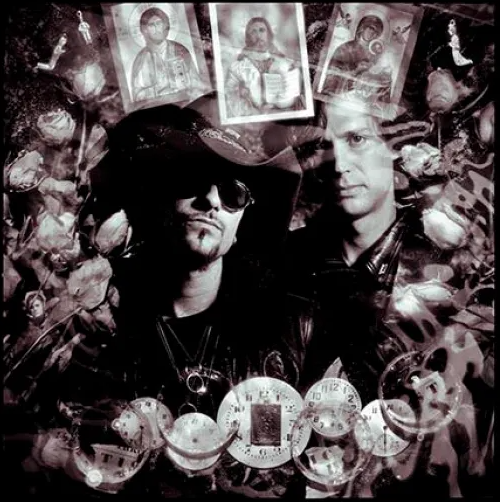Spin-Offs and Carving Out Their Own Identity
October 24, 2019
Spin-offs are a very difficult thing to pull off. The people who create those spin-offs are never guaranteed a success, even if it’s stemming off of a popular property. The biggest trap a spin-off can fall into is leaning too heavily on the identity formed by its predecessor. Take Frasier and Joey for example, spin-offs of Cheers and Friends (respectively). Frasier forged its own identity by expanding on characters that worked well in the original series, while Joey held on too tightly to the identity of Friends and became nothing more than a short-lived extension of that show.
There are a lot of spin-offs in modern media, but two mediums that are notorious for pulling the spin-off card are television and comic books. With television, spin-offs are handed out left and right. If a character from a popular show is well-liked, the creators might try to get that character their own series.
Such is the case with Frasier and Joey. Frasier had a simple, but effective premise when it spun off of Cheers: a show about an often uptight radio host and a contained cast of recurring characters that all had good chemistry and worked well together. Frasier ran for eight seasons, with many fans regarding the show as more than just a cheap attempt at cashing in on Cheers’ success, instead, as a well-written show that was able to create its own identity in a genuine way.
The show is often remembered today as Frasier, not as “the Cheers spin-off”, and besides its minimal connections to its predecessor, it’s easy to forget its a spin-off in the first place, that’s how well it works. Unfortunately the same can’t be said for Joey, the two-season long Friends spin-off.
It may have seemed like a good idea initially, taking a beloved character from an ensemble cast and giving him his own series, but it quickly fell apart, as Joey’s comedy and characterization leaned heavily on the rest of the titular friends, and with Joey being the only character from the original series in the spin-off, alongside entirely new people, it quickly became apparent that the show didn’t have enough sustainability and ended abruptly after two seasons.
In the animated world of television, there are surprisingly less spin-offs than live-action, but the animated shows often did better than live-action spin-offs. Presumably as a result of being broadcast and marketed to children rather than adults who could get bored with a show and abandon it.
Animated shows like Batman: The Animated Series saw several spin-offs, however, one notable series was Batman: Beyond, which was about an older Bruce Wayne, unable to be Batman anymore, who reluctantly gave the identity of the caped crusader over to a younger Terry McGinnis who often fought futuristic versions of classic Batman villains in a futuristic Gotham City.
While it would be easy to consider Beyond a sequel series (and to an extent it is), it often functions more as a spin-off, as it expands the canon in a different, more unique direction than just another character assuming the role of Batman.
Other shows like Phineas and Ferb, an animated series from Disney Television, was about two young boys who built crazy, larger-than-life inventions in their backyard during summer break while their sister tried to show their parents said inventions, only for the absurd contraptions to nearly vanish by the end of the episode before their sister could prove anything.
This show later spawned a pseudo sequel series from the creators of Phineas and Ferb in Milo Murphy’s Law, a show about an incredibly unlucky boy who narrowly avoids the disastrous things and events that seem to happen around him.
Phineas, Ferb and other characters from the creators’ previous series later appeared in Milo Murphy’s Law, and the show became a mixture of a sequel series and a spin-off, which demonstrated how the identity of whether a show is a sequel or a spin-off can get messy.
Spin-offs also exist, perhaps more notoriously, in the comic book industry. Though there are countless ones, one particular mythos comes to mind as how to effectively do spin-offs: Hellboy.
Hellboy is a confusing and large mythos, but essentially it’s the story of a demon that was created for the Nazi army by a dark magic user, although U.S. forces attacked the operation and seized Hellboy before he could be weaponized. He was taken in by the government, who founded the Bureau of Paranormal Research and Defense (BPRD for short) who used him to defend against creatures who appeared on Earth, often created by Anung Un Rama, which is a large amalgamation of H.P. Lovecraft-type monsters trapped in a giant crystal in space.
Sounds confusing and strange, right? Well, it is. Hellboy goes on lots of adventures through his main series, and alongside him are a colorful cast of characters, both human and inhuman. Characters like Abe Sapien, a talking fish-man, or Johan Strauss, a man who was turned into sentient gas and has to inhabit a sealed outfit to take human form, and many, many more. (I swear I’m not making this up.)
One would naturally assume that all of these side characters are good when they revolve around Hellboy, but only when they’re side characters. However, two spin-off comic series were made specifically for and only for those side characters. Abe Sapien received his own series and a series was made for the BRPD, which features Abe, Johan, alongside many other excellent characters, and more broadly features stories of those characters dealing with the strange and terrifying forces that normal law enforcement can’t deal with.
Abe Sapien is the main character in his own series, and is one of the prominent characters in BPRD, and he shines in both of them. While it’s easy to perceive Abe as a one-sided side character, throughout the run of his own series and BPRD, his characterization expands past just being Hellboy’s sidekick. He’s a really well-written side character, and one that’s genuinely fun and interesting to read.
Similar to Frasier, the creator of Hellboy, who already wrote the side characters really well in the main series, picked the best ones to start and expanded on them in their own comics, helping to flesh out both those characters and the universe overall, but eventually even gave the more obscure or poorly written ones good spin-off series, like Lobster Johnson, a Nazi-fighting man in a mechanical lobster outfit.
There are a lot of spin-offs in modern media, but television and comics do them the best. Frasier took a good character with a simple premise was taken and expanded upon it, leading to a beloved series that became more than just “the Cheers spin-off”. With Hellboy, an incredibly odd and unique mythos was generated, and its countless side characters were given the opportunity to grow and develop in their own series, which were all lovingly crafted.
Ultimately, spin-offs often suffer from clinging too much to the identity of what they came from, but when those spin-offs are able to break away and become their own unique stories and worlds, we’re often left with an excellent, well-written and occasionally groundbreaking final products.

